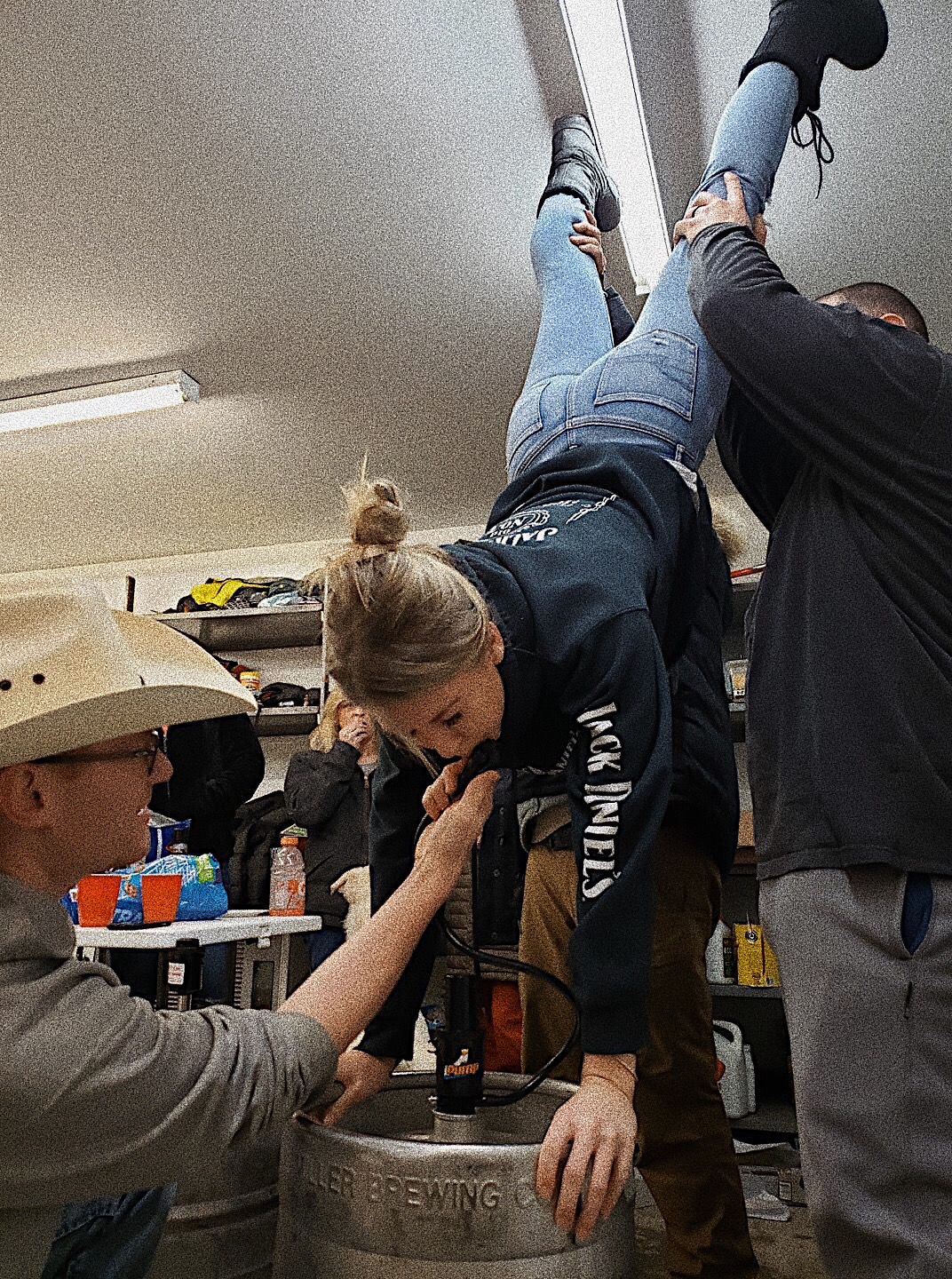My Bloody Valentine, a band hailing from Dublin, Ireland, formed in 1983 and first made a name for themselves with the release of their debut album Isn’t Anything. Often dubbed “the seminal shoegaze band,” My Bloody Valentine specialized in lush vocals, jarring guitar textures, and thundering drums. Their music is often described as atmospheric, warm, and noisy. Isn’t Anything received widespread critical praise and topped UK charts at number 1.

Their next big project, Loveless, was an extremely risky effort that ended up paying off hugely for them in the end. Rumored to costing near a quarter-million and almost bankrupting their recording label Creation Records, Loveless was this band’s magnum opus and brought along a whole new genre with it. Although it only peaked at number 24 on the UK charts, Loveless was and remains to this day an album loved by critics and alternative rock fans alike.
Standing on a hill with other groundbreaking albums such as Souvlaki from Slowdive and the Cocteau Twin’s Heaven or Las Vegas, Loveless and these other records inspired a new generation of music and kickstarted the shoegaze era in the mid to late nineties. Albums such as Wish by The Cure, Smashing Pumpkins’ Siamese Dream, and Among My Swan from Mazzy Star have sounds that are clearly inspired by Loveless.
Tragically, My Bloody Valentine would go on to separate after Loveless due to attempting to live up to the high expectations brought on by Loveless and not being able to. But, shocking everyone, My Bloody Valentine would return 22 years later to release mbv, their third studio album, proving that they would not let the success of Loveless destroy their creative output. Even almost three decades later, My Bloody Valentine’s legacy can be heard in all different genres of music even today.






